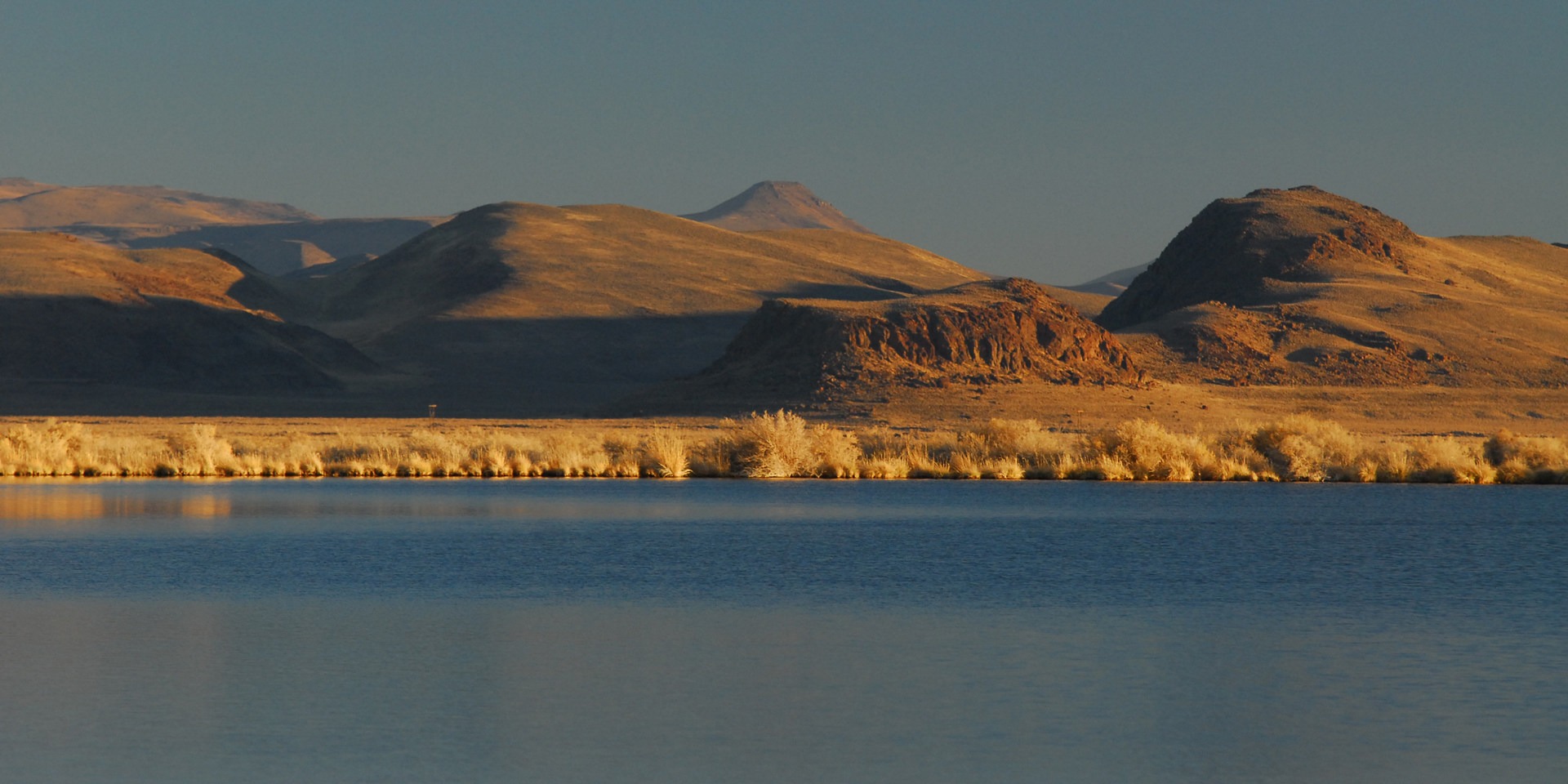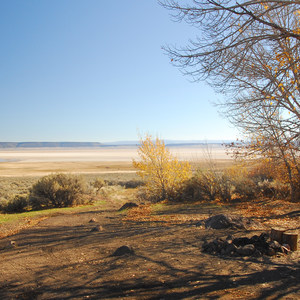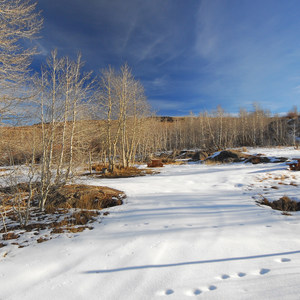Oregon is perhaps best known for its lush, tall old-growth and endless seas of rain drenched forests. Eastern Oregon's dry desert landscape and unique areas such as the Alvord Desert and Borax Lake and Hot Springs are generally less well known, and that's what makes this short and remote hike so special.
Borax Lake and the surrounding hot springs were created by the same active fault that lifted Steens Mountain. Incredibly, an endemic species of fish, the Borax Lake chub, thrives in this desert spring with no inlets or outlets, improbably adapting to the extremely high levels of arsenic found in the lake. During the last ice age, the Alvord Desert was a giant lake and tributary of the Snake River. Since then, most of the waters have evaporated in what has become the driest place in the state. The chub still remain and have arduously endured their less than ideal environment.
As you start the hike and pass the seasonally dry Lower Borax Lake Reservoir, you will notice the soil's white, salty appearance and a pair of large troughs, both signs of the history that gave the lake and hot springs their name. In the late 1800s, prospectors collected the soil's sodium borate (salt of boric acid that commonly occurs around seasonal lakes) and dissolved it in huge metal troughs to create borax. Borax is a mineral commonly used for detergents, cosmetics, enamels, and fire retardants.
Today, most of the property surrounding Borax Lake and Borax Hot Springs is owned by the Nature Conservancy, which bought the lake and surrounding land in 1993. Visitors are allowed, but swimming in any of the lakes or springs is prohibited due to obvious health risks and for the protection of this unique and fragile ecosystem.































Comments
Sign In and share them.